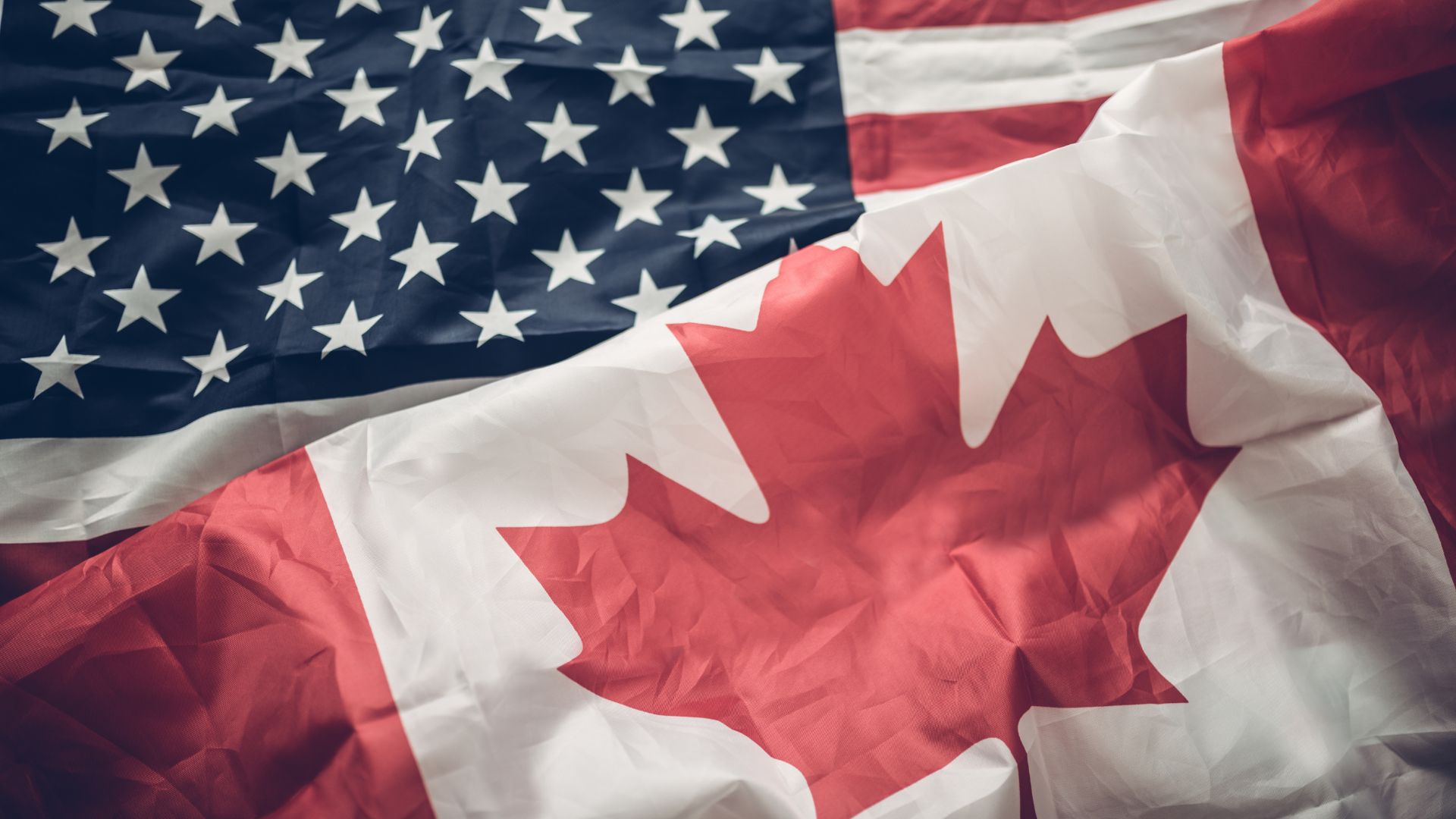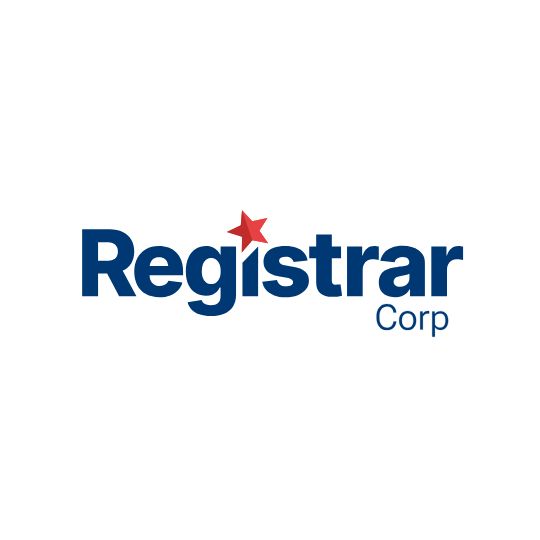Canada’s Chemicals Management Plan (CMP) is not new, but its impact on cosmetics has grown steadily over the past 15 years — and it continues to shape how brands disclose ingredients, reformulate products, and handle compliance. Launched in 2006, the CMP is Canada’s national approach for assessing and managing the potential health and environmental risks posed by chemical substances. It cuts across industries, but the cosmetics sector feels its effect especially clearly because so many personal care products rely on ingredients that double as industrial chemicals, solvents, preservatives, or fragrance compounds.
For any cosmetic sold in Canada today, the Chemicals Management Plan and the Canadian Environmental Protection Act (CEPA) intersect directly with the Food and Drugs Act and the Cosmetic Regulations. Together, they make up a compliance ecosystem that demands careful ingredient tracking, clear disclosure, and action when Health Canada updates the status of a chemical that might pose an unacceptable risk.
The Basics: CEPA, the Domestic Substances List, and the Cosmetic Ingredient Hotlist
At the core of Canada’s chemicals oversight is CEPA. This law authorizes the federal government to assess chemicals for their impact on human health and the environment, then regulate how they can be used. Under CEPA, Canada maintains a Domestic Substances List (DSL) — a master list of chemical substances manufactured in or imported into Canada on a commercial scale since the mid-1980s.
If a substance is not on the DSL, it is considered “new” and must go through a pre-market notification and assessment process before it can be used in commercial products — including cosmetics. This means that when a cosmetic brand wants to use a new preservative, stabilizer, or specialty ingredient that isn’t already listed, the company or supplier must file a New Substance Notification (NSN) under CEPA and receive approval before proceeding.
At the same time, Health Canada maintains the Cosmetic Ingredient Hotlist, which is an administrative tool setting out substances that are banned or restricted specifically for cosmetic use. While the Hotlist and CEPA do not always overlap directly, they work together in practice. If the CMP identifies a chemical as high risk under CEPA, Health Canada may also update the Hotlist to ban or restrict that ingredient in cosmetics.
Mandatory Disclosure: What Must Be Listed on a Label
Under the Cosmetic Regulations, every cosmetic sold in Canada must list all ingredients on the product label using proper INCI names. This includes fragrances, colorants, and preservatives — anything intentionally added must be disclosed. The only flexibility is that brands can declare fragrances under the general term “parfum,” though, as with recent fragrance allergen rules, certain components must now be named separately if they exceed tiny thresholds.
Chemical ingredients must appear in descending order of predominance, down to the one-percent threshold. Ingredients present at one percent or less can be listed in any order after those above one percent. For the consumer, this means a clear picture of what is in the bottle. For Health Canada, it means the label acts as a first line of compliance check: if a banned or restricted chemical appears in the ingredient list, inspectors can spot it right away.
The Chemicals Management Plan in Action: Risk Assessments and Restrictions
The CMP operates in cycles. During each cycle, Environment and Climate Change Canada and Health Canada assess batches of chemicals — many of which are used in cosmetics — for potential risks. When the assessment finds that a substance may pose harm to human health or the environment at current or anticipated levels, it can be flagged for risk management.
This can mean a range of actions: limits on concentration, new conditions on use, or outright bans. When that happens, cosmetics are often among the first consumer products affected, because they are applied directly to the body. For example, certain cyclic siloxanes used in hair and skin products have been restricted under CEPA due to environmental concerns. Other substances, like some parabens or formaldehyde-releasing preservatives, have been reassessed for potential health risks, with limits updated as new evidence emerges.
Supply Chain Responsibility: Knowing What’s Inside
A common trap for brands is assuming that a supplier will automatically flag a chemical that is newly restricted under the CMP. But under both CEPA and the Cosmetic Regulations, the legal responsibility stays with the Responsible Person — the Canadian brand owner, manufacturer, or importer of record. If a product is found to contain a substance banned or restricted under the CMP or the Hotlist, that product can be seized, refused at the border, or subject to recall, even if the supplier did not disclose the issue.
Brands must maintain robust supply chain oversight: requesting updated ingredient breakdowns, verifying that raw materials comply with the DSL and Hotlist, and staying alert to CMP announcements that might affect substances in fragrances, pigments, UV filters, or specialty actives. Many brands build routine chemical checks into their CNF preparation process, so that what they file with Health Canada matches what is actually used — and remains acceptable as the CMP evolves.
Beyond Labels: What Disclosure Means in Practice
Chemical disclosure in Canada does not stop at what appears on the box. If Health Canada requests evidence, a Responsible Person must be able to show documentation supporting the ingredient list, including supplier records, specifications, and any safety data sheets used to verify concentration and purity. If a brand uses a proprietary fragrance or flavor blend, they must still be able to break down the specific INCI ingredients internally to prove compliance if asked.
If a brand wants to switch to a new chemical not on the DSL, they must plan for the extra lead time to file a New Substance Notification. This can involve providing toxicological data, use scenarios, and environmental impact estimates. For fast-moving beauty brands that pride themselves on quick launches and trend-driven formulations, this extra regulatory layer can be a surprise — and a delay if not planned for.
Recalls and Enforcement: What Happens If You Miss a Restriction
If a cosmetic is found on the market containing a chemical newly restricted or banned under the Chemicals Management Plan, Health Canada can respond quickly. In the past five years, several personal care brands have faced recalls for ingredients that fell out of compliance after new risk assessments — including banned antimicrobial compounds and restricted UV filters.
If a product is flagged, the Responsible Person must coordinate with Health Canada to manage a recall, notify consumers, and fix the underlying problem. Failing to comply can lead to fines, stop-sale orders, and reputational damage that often costs more than any short-term reformulation.
How Brands Can Stay Ahead
Smart brands build chemical monitoring into every part of the product cycle. This means cross-checking the Cosmetic Ingredient Hotlist and the DSL during formulation. It means staying plugged into CMP updates, reading new risk assessment notices, and adapting formulations as needed. It also means making sure ingredient lists on CNFs, labels, and marketing match the actual product.
For ingredients flagged for potential future risk, some brands proactively phase them out rather than waiting for a final restriction. This future-proofs new products and avoids relabeling or reformulation surprises down the line. With Canada’s CMP evolving in multi-year phases, and its commitment to keep aligning with international science, the list of restricted chemicals is expected to grow, not shrink.
A Transparent Future for Cosmetics Under the Chemicals Management Plan
Canada’s Chemicals Management Plan is a clear signal that cosmetics are part of a broader public health and environmental commitment: consumers deserve to know what’s in their daily products, and companies must be ready to back that up with clear, honest disclosure and real compliance.
Brands that treat chemical disclosure as more than a line on the box — but rather as a living practice of supply chain checks, proper filing, and transparent labelling — will stay ahead of the curve. As Canada’s regulatory tools grow sharper, that approach is not just smart compliance; it’s a smart promise to consumers who increasingly expect that what’s on the label matches what’s inside.
As Canada’s CMP continues to evolve, aligning your cosmetic products with CNF requirements, Hotlist checks, bilingual labeling, and a designated Responsible Person becomes essential. Registrar Corp offers full Health Canada cosmetic compliance services, including CNF filing, ingredient screening, label formatting, and acting as your official RP—so your products enter and stay on the Canadian market smoothly and confidently.









